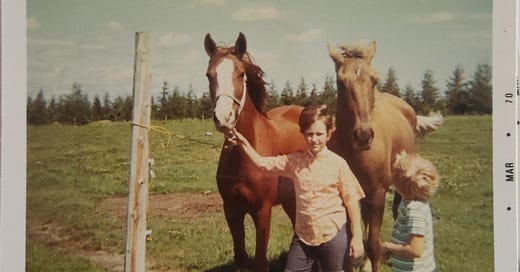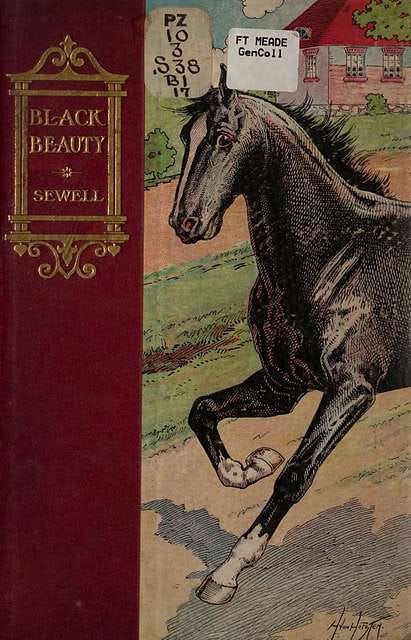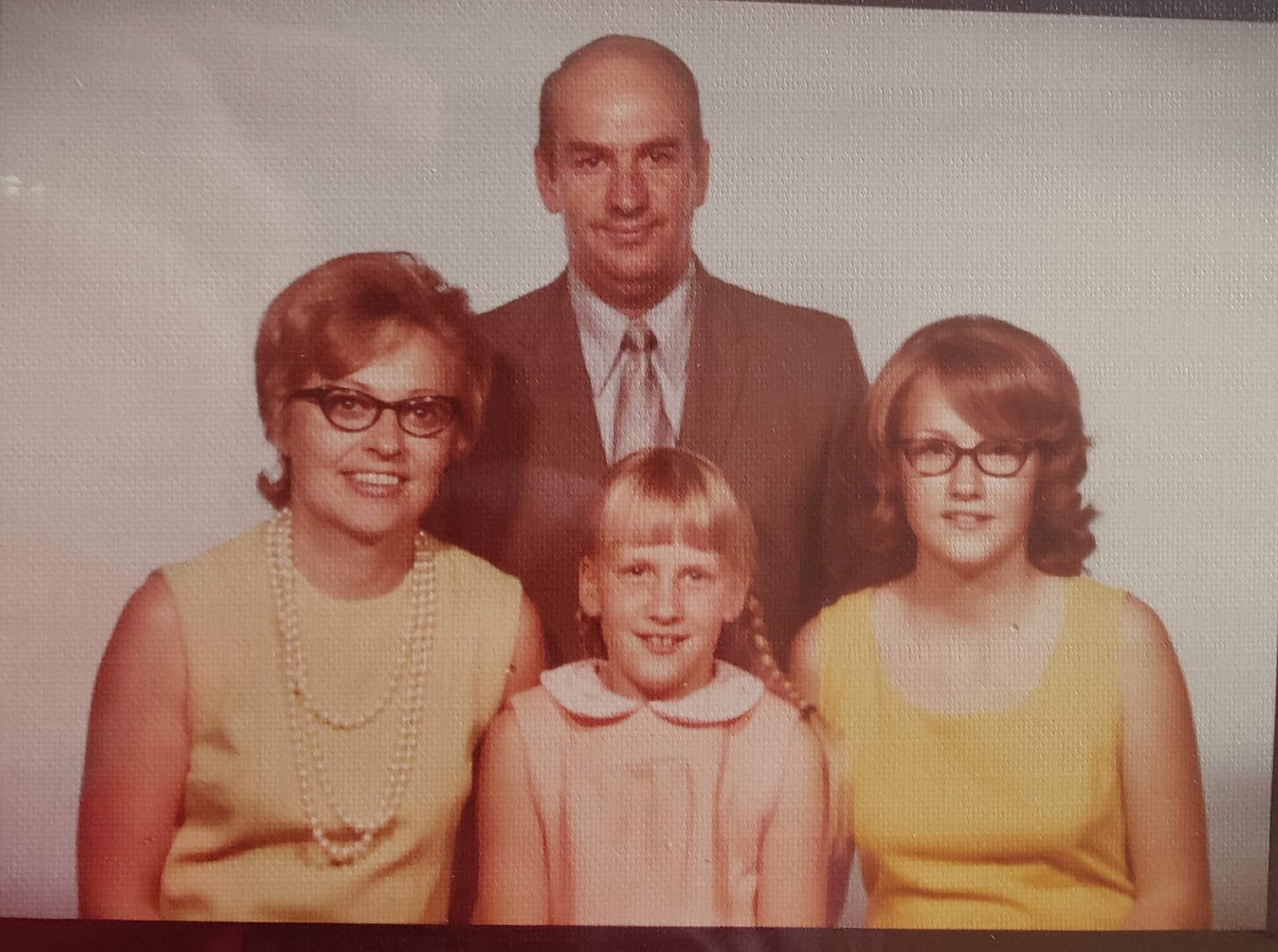I belong to the land where my mother grew up and where I spent many summer vacations as a kid.
I was born in St. Paul, Minnesota, in 1958 and lived in north Minneapolis until second grade when we moved to the suburb of Robbinsdale in 1965. Visits to Mom’s side of the family up north remain some of the happiest memories of my childhood.
Mom took this snapshot of me and Barb, my younger sister. Mom didn’t get the roll of film developed until spring of 1970, but this picture was taken the summer before when I was 11 years old.
We were out behind Aunt Audrey and Uncle Al’s house near Warroad, Minnesota. Audrey is Mom’s sister. Shireen is their eldest daughter and it is her horse, Beebe, whose halter I’m holding in the photograph.
To be so close to such a magnificent animal. I envied Shireen her horse. I knew she had to work hard to save up for Beebe. Four years older than me, Shireen let me help her with chores. Let me help clean out the manure from the stall and put down clean straw. Let me carry the bucket of grain. How to use a curry brush — feel Beebe breathe, her diaphragm pushes gently against my hand. Give her a carrot or apple, and tingle inside when her nose touches my palm.
My favorite novel then was Black Beauty by Anna Sewell. First published in 1877, it’s the story of a beautiful horse who is repeatedly sold into the hands of ever more abusive masters. Spoiler alert: kindness leads to the recovery of health and happiness. The horse is the narrator.
It’s the only one of Anna Sewell’s many novels which met with any commercial success. And I learned many years later that she intended it for adults as a thinly veiled memoir. It’s subtitled The Autobiography of a Horse. As a woman writer she had struggled financially her entire life. Black Beauty was the last book she wrote and Sewell died only five months after its publication at the age of 58 from tuberculosis. I am struck now by my childhood fascination with this story.
Shireen’s horse became my new best friend. And there were two horses to care for there. Shireen’s best friend boarded her horse on their small pasture. That’s who the other horse in the photo belonged to.
Sometimes Shireen and her friend rode their horses together. Sometimes Shireen took me with her for a ride. Sometimes we rode bareback.
Sometimes we rode into town. We passed by the old log cabin where Shireen and my aunt and uncle used to live near the Warroad River. The outhouse there had three holes; one low enough for me to sit on. They had moved to a modern house but it didn’t have big trees all around it like the log cabin did.
The trees behind us in the photograph at their new house form the hedgerow past the edge of the fenced pasture; beyond lay the train tracks of the Canadian National Railway. The border is six miles north. To the south, a half-mile is Marvin Windows factory.
Laying awake with the windows open at night, Shireen and I would listen for the train. Draft dodgers waited for it to load up at Marvin Windows before they’d jump on empty rail cars as it left the yards. Free ride into Canada.

Out in the country, the darkness of night felt safe and soft. The skies lit up with stars like I’d never seen so close before. Fireflies formed a floating carpet hovering above the field outside Shireen’s bedroom window. Tree frogs and crickets made a gurgling stream of sound. Night spread across the land like a soothing blanket.
Growing up in the Twin Cities, I found our family road trips to visit Mom’s side of the family like an adventure going back in time. Uncle Al fished for walleye we ate for supper. We went to the woods to go blueberry picking. Picked wildflowers in the pasture. Visited the Trading Post, looked at the Indian beadwork in the display case and bought souvenir postcards. Baked cake from scratch with Grandma Kling. Looked through the Sears Catalog. They didn’t even have TV reception. And I loved it there.
I begged my parents to stay. I cried as we drove away.
This place beckoned me back after my mother died in 2014. I keep coming back to learn more about this place she once called home.







Black Beauty was a landmark in the animal welfare movement. It also spawned a genre of English language animal fiction told from the animals’ POV. It wasn’t until (I think) the 1930s when the Pullein-Thompson sisters started writing and publishing stories from the perspective of girls and boys who rode horses that this changed to the modern pony books I grew up on. I loved Black Beauty as a younger reader, and still admire it today as an amazing piece of Victorian social history. There is a lot in there that aligns to the temperance and evangelical movements. Thank you for a wonderful read. As a horse girl, I loved the photo of you with Beebe.
Beautiful read, Jill! It felt as if I was there. Timeless memories of a child's sense of place and belonging.